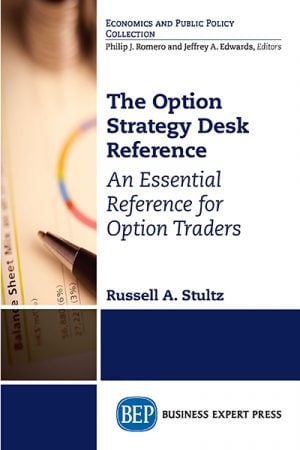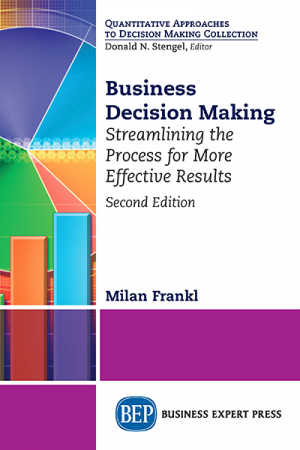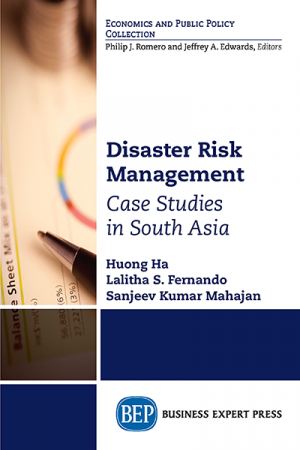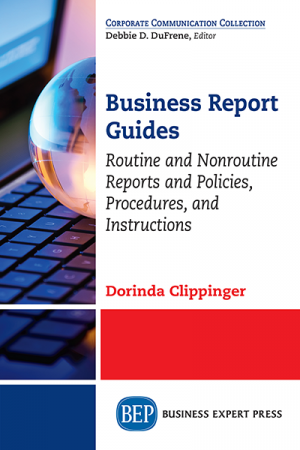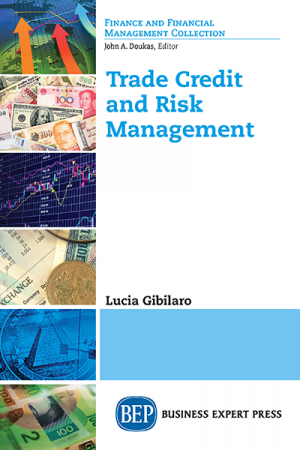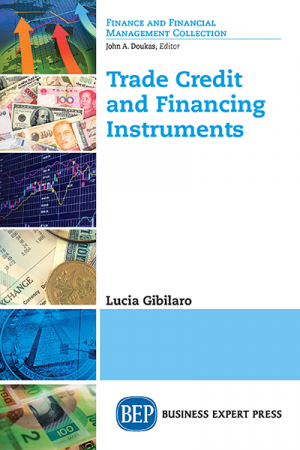The Option Strategy Desk Reference: An Essential Reference for Option Traders
$26.99Options are the fastest growing trading venue offered today. Option trading volume grew 22% in 2018 alone—faster than any other trading venue. Why? Because traders are learning how options are statistically predictable and orderly. And they provide extensive financial leverage and strategic flexibility. When compared to buying and selling stock, futures, or foreign exchange currency pairs, it’s not even a contest!
For just a few hundred dollars, an option trader can control tens of thousands of dollars’ worth of stock, ETF shares, a financial index, or futures contracts. And options offer dozens of trading strategies designed to exploit current market conditions. This book contains 78 option trading strategies, which provides readers with an option toolbox that fits every market condition, i.e., bullish, neutral, or bearish. No other financial instrument offers this flexibility and no other trading venue can provide the same steady financial return week in and week out.


